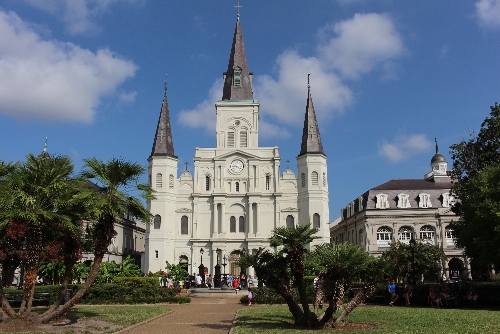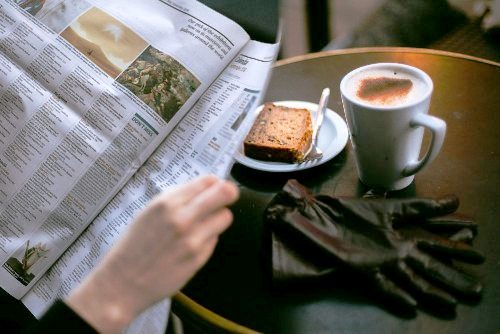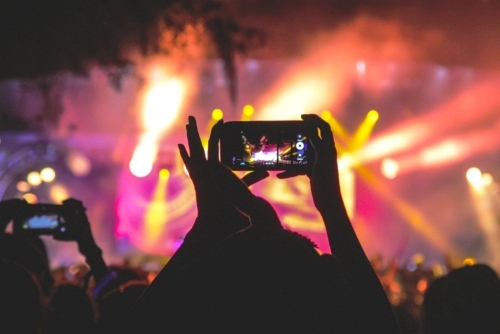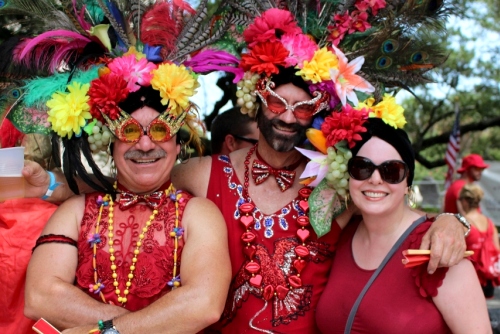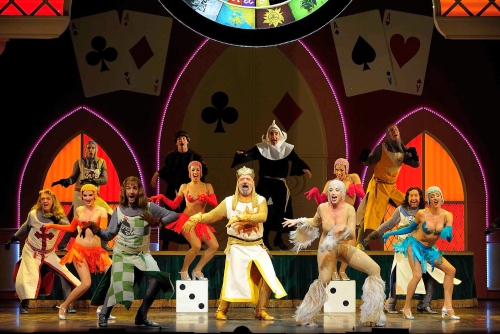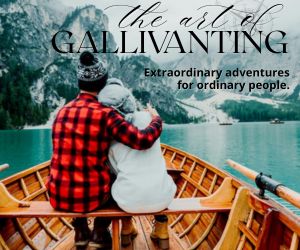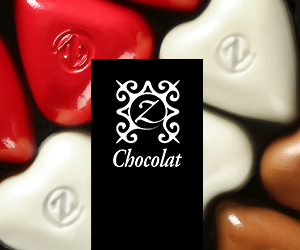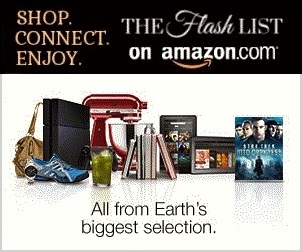
Outdoor marketing plays a critical role in how businesses shape public perception and engage with consumers in physical spaces. Unlike digital media, which is easily ignored or blocked, outdoor marketing commands attention through scale, structure, and context. Whether on a city sidewalk, construction site, or high-rise rooftop, visual impressions in real-world environments have lasting influence. When developed thoughtfully, outdoor strategies become more than signage or billboards; they transform infrastructure into immersive brand statements. The key lies in blending design, utility, and audience context to create messaging that not only informs but resonates. For those who are responsible for crafting experiences that exist beyond screens, success requires an understanding of how visual identity, physical materials, and spatial logic intersect.
Understanding the Fundamentals of Outdoor Visibility
Effective outdoor marketing begins with visibility, yet visibility is not merely about being seen. It is about being seen with purpose, distinction, and coherence. An eye-catching display loses value if it lacks connection to brand identity or fails to consider the pace and behavior of its intended audience. Urban pedestrians glance quickly, drivers absorb fleeting impressions, and construction workers notice practicality as much as design. Placing marketing elements in the correct physical context requires insight into foot traffic patterns, lighting conditions, and surrounding structures. To achieve prominence, marketers must think spatially—choosing the appropriate elevation, dimensions, angles, and materials to produce legible and memorable visuals. High-traffic intersections, building facades, and even interior restroom facilities can become mediums for brand reinforcement when treated with attention to alignment, composition, and contrast. Legibility at a distance, durability of materials, and harmony with the surrounding architecture must all contribute to visibility that is not only noticed but retained.
Designing for Engagement and Utility
Outdoor marketing that leaves a lasting impression often does more than promote—it serves a function. When visual storytelling is embedded in usable structures, the experience becomes participatory. Architectural elements such as railings, benches, walls, or gates can all be shaped into branded expressions that merge function and message. Modular design offers flexibility for events, while semi-permanent structures invite extended engagement. Materials and finishes matter just as much as layout and color; tactile surfaces, lighting accents, and durable finishes ensure that marketing elements maintain their quality across weather conditions and time. For instance, signage that includes QR codes or directional graphics can enhance visitor movement while doubling as branded wayfinding. Engaging design, particularly when integrated into permanent fixtures, transforms static visuals into environmental storytelling. It allows the viewer to interact physically or subconsciously with a brand's aesthetic, whether through intuitive design or functional service.
Blending Infrastructure and Brand Identity
For companies in construction, design, and manufacturing, there is a unique opportunity to embed marketing into the very infrastructure they help build. Brand identity can be reflected in architectural lines, material choices, and structural installations. Businesses that supply or install building elements can reinforce their own capabilities by showcasing products on-site as working examples. For instance, railing systems that emphasize clean geometry or industrial strength can also communicate brand values like precision or durability. Businesses involved in high-traffic environments—such as those producing restroom partitions or steel roofing—can align their product visibility with the reputation of the spaces in which they appear. Each physical element on a property offers potential for silent endorsement of the company behind it. Done skillfully, this kind of marketing fosters brand awareness through the built environment rather than relying solely on traditional advertising channels. The presence of form becomes an extension of corporate narrative.
Elevating Presence Through Specialized Installations
Strategic outdoor marketing requires investment in installations that support both form and function. High-rise developments, festivals, public parks, and transportation terminals often lack standard marketing space, yet they present unmatched exposure to niche or large-scale audiences. Temporary or semi-permanent features, such as branded enclosures or installations, create opportunities to deliver messaging while fulfilling a necessary role. Even utility-focused solutions such as portable toilets or professionally crafted installations by railing manufacturers, offer touchpoints for visual branding when framed creatively. Specialized elements placed in unusual or high-visibility environments, such as sheet metal roofing, offer a long-term canvas for unobtrusive but effective brand messaging.create unexpected brand associations that feel organic rather than forced. Successful campaigns make use of every layer of the environment, from street-level pedestrian views to overhead sightlines. The strategic use of functional equipment within marketing zones not only serves the public but enhances brand impression by aligning presence with service.
Supporting Messaging with Safety and Practical Elements
Physical infrastructure not only supports outdoor marketing visually but reinforces a business's standards through safety, accessibility, and clarity. Consider the impact of whose installations embody both design sensibility and reliability. These features don't just guide physical movement; they also signal care, precision, and respect for users. Likewise, facilities such as restroom partitions in public or commercial spaces represent a brand's investment in privacy, hygiene, and thoughtful planning. Every element that touches the physical experience can reinforce brand attributes if handled with design intelligence. The overlap of practicality and promotion is fertile ground for business visibility, especially when each structural detail functions as an indirect testament to a company's competence or character. It is not just about being noticed but being respected.
Embracing Tools That Enhance Nighttime or Low-Light Environments
Outdoor marketing must adapt to a range of lighting conditions, from sunlit streets to dim industrial zones. Illumination strategies can include floodlights, ambient lighting, or handheld utilities that draw attention to specific spaces or messages. For on-site maintenance teams or installation crews, reliable lighting tools such as a UV torch enhance both visibility and safety while extending brand presence into less visible conditions. A logo appearing in a dark corridor, subtly revealed by task lighting, creates a moment of clarity that builds association between function and identity. Thoughtful use of light doesn't need to be overwhelming; it can be understated and precise. When paired with reflective materials or discreet visual cues, lighting tools help create continuity across time and space—ensuring that messaging remains legible and purposeful, even after dusk.
Ultimately, the most effective outdoor marketing is not just about occupying space but transforming it. It weaves brand values into physical form, turning structures and settings into silent ambassadors of identity and intention. From material selection to environmental responsiveness, every choice reflects a company's foresight, creativity, and regard for its audience. When executed with care and vision, outdoor marketing becomes a living narrative—one that invites interaction, communicates purpose, and leaves a lasting sensory impression. It is this seamless fusion of functionality and storytelling that distinguishes truly memorable campaigns from fleeting impressions, giving brands the presence they need to stand tall in the open air.
EDITORIAL POLICY
The Flash List is dedicated to providing trustworthy editorial content by maintaining strict ethical standards, journalistic integrity, and credible professionalism regardless of any remuneration as working media. The Flash List is not affiliated with third-party companies mentioned and makes no endorsement or guarantee expressed or implied. The preceding article, which contains affiliated link(s) for which compensation was received, is intended for informational reference only and does not constitute advice of any kind. Moreover, a qualified professional should be consulted regarding any lifestyle consideration, medical treatment, or monetary transaction, etc. Content is published in accordance with USFTC regulations and terms and conditions.
MORE ON THE FLASH LIST





